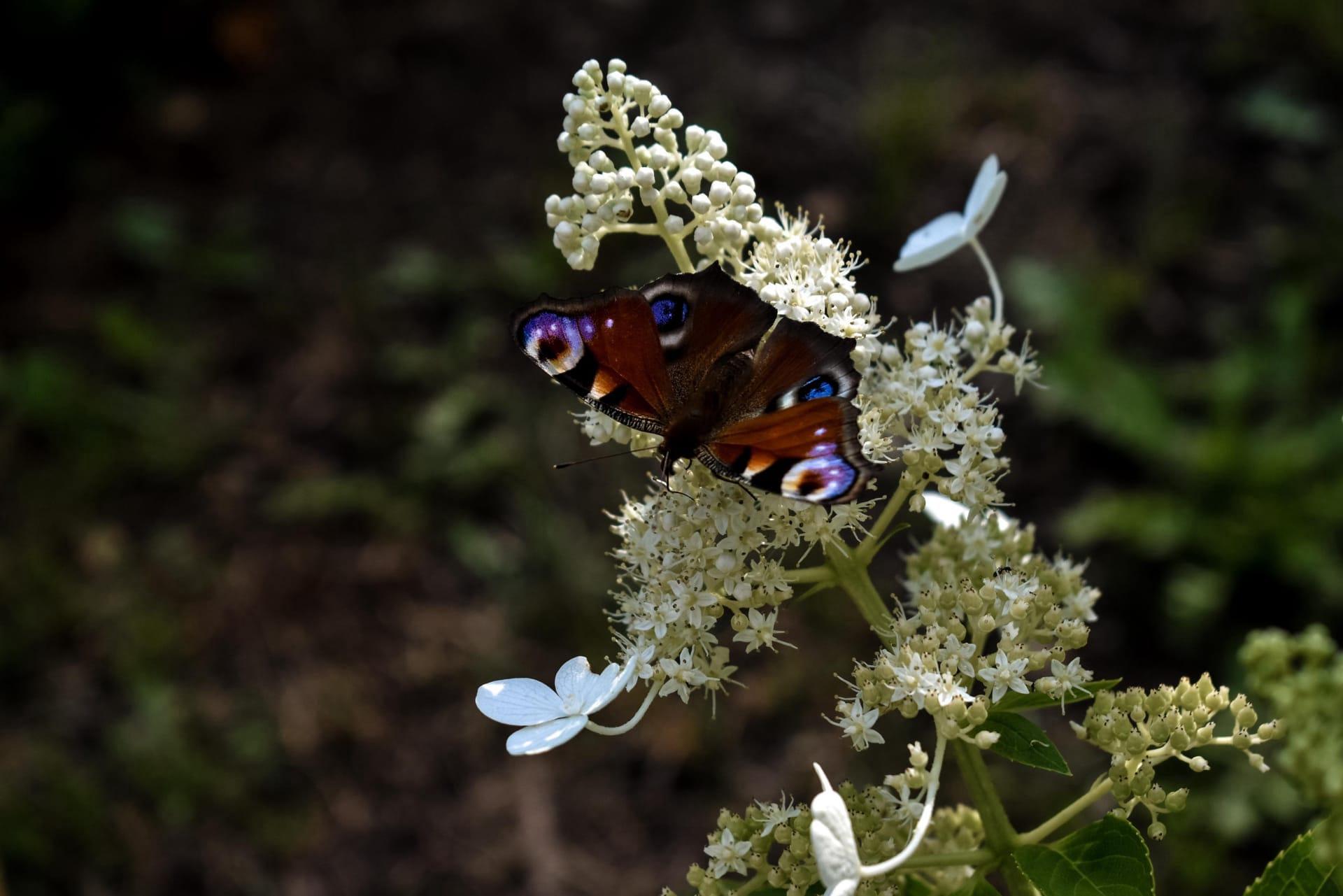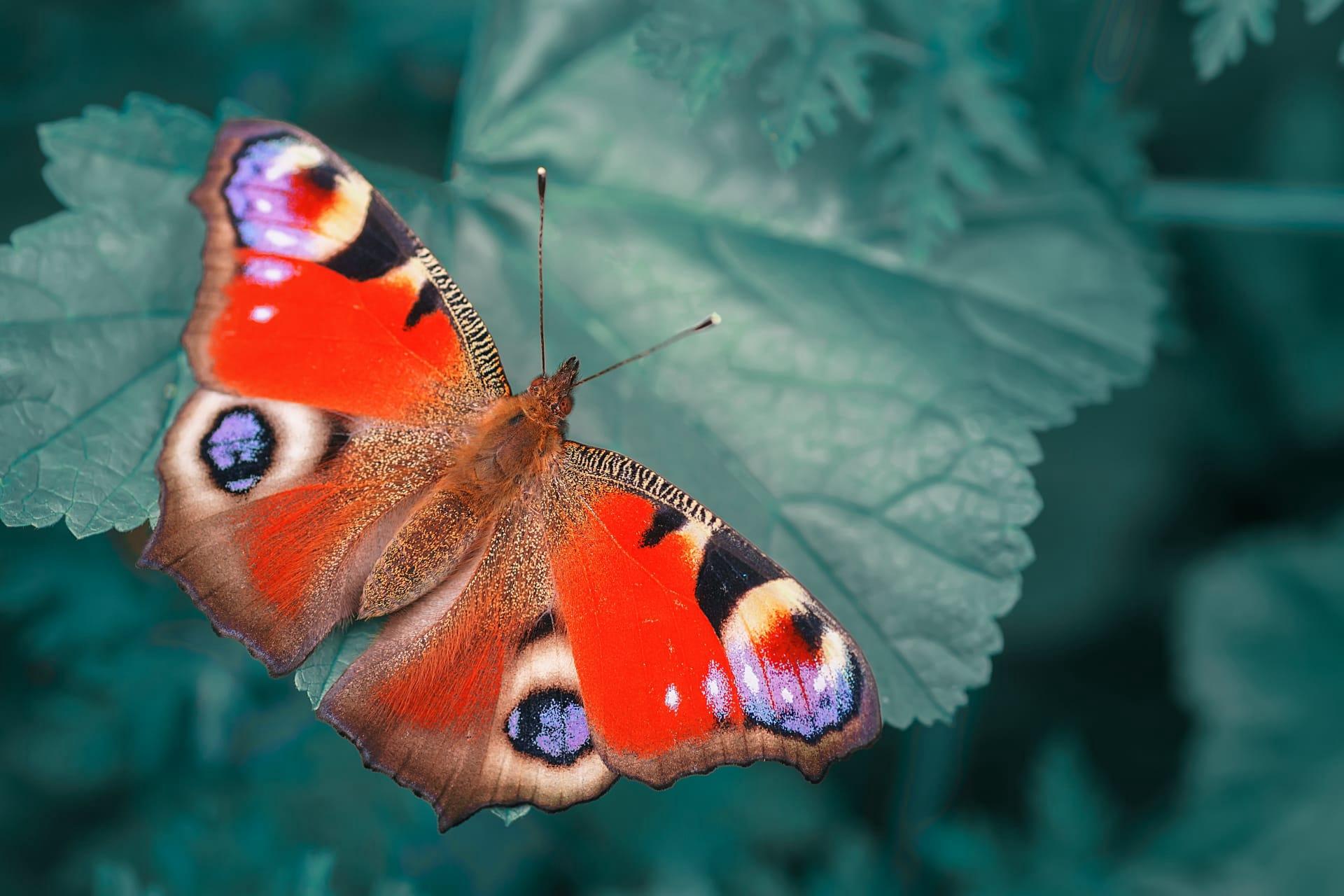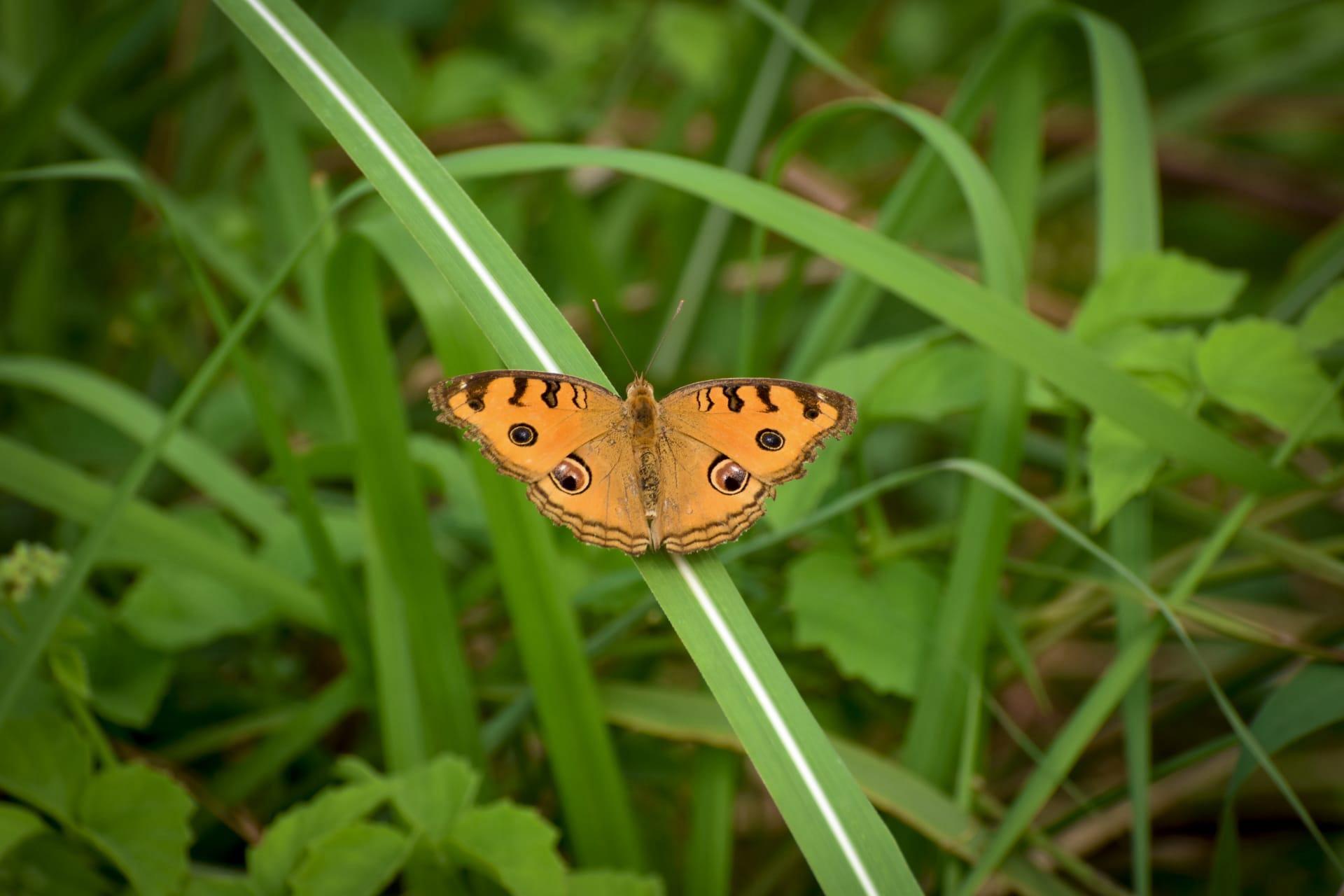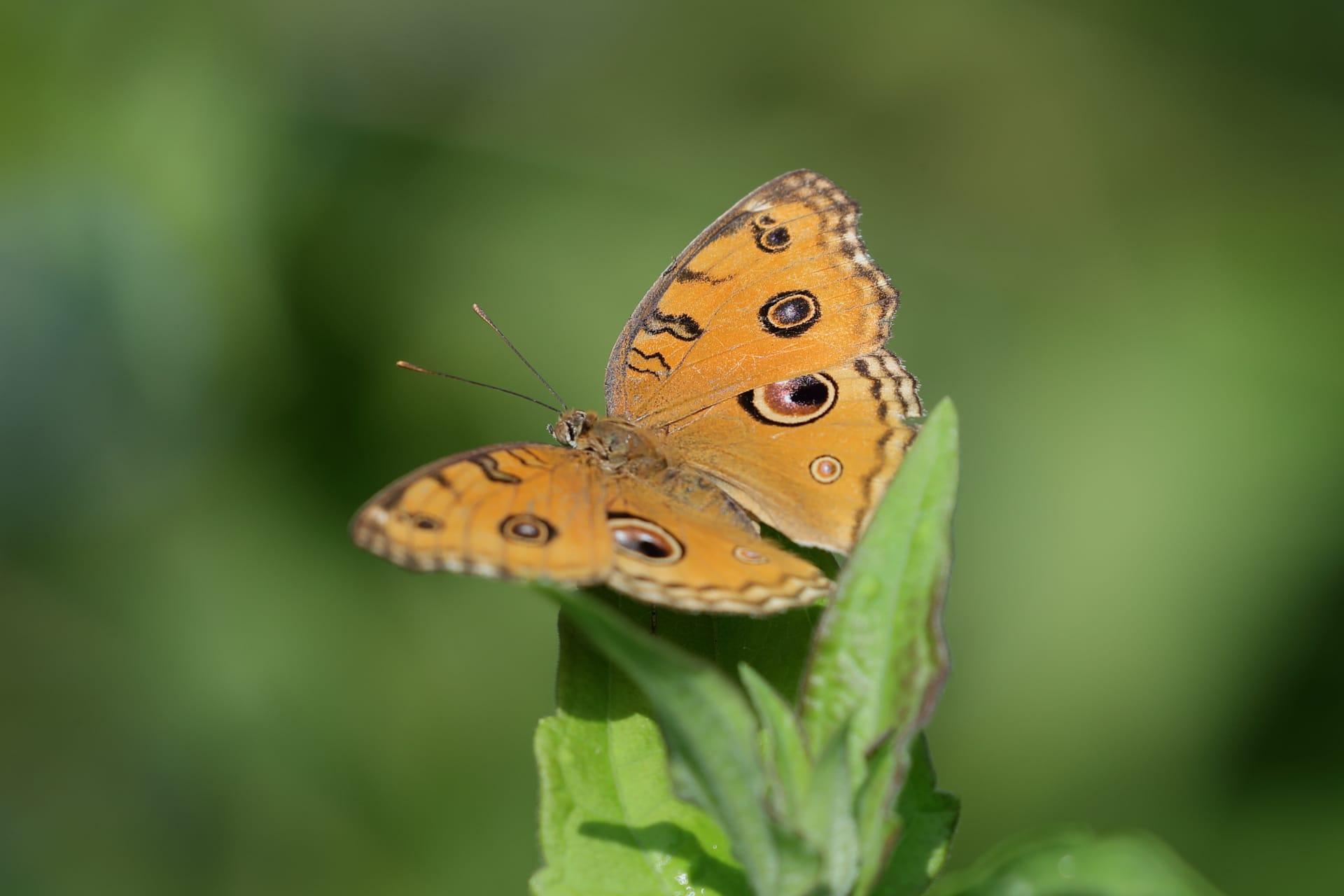Peacock Butterfly Trivia
- Home /
- Trivia Question /
- Animal /
- Peacock Butterfly Trivia
1
Question: What distinctive features make the Peacock Butterfly easily recognizable?
Answer: The Peacock Butterfly, scientifically known as Aglais io, is renowned for its vibrant colors and distinctive eye spots on its wings. These eye spots, resembling those on a peacock's tail, serve as a defense mechanism against predators. The butterfly's wingspan ranges from 50 to 55 millimeters, displaying a striking pattern of red, blue, black, yellow, and green hues. The intense coloration is not just for show; it plays a crucial role in thermal regulation, helping the butterfly maintain its body temperature.
Question: How does the Peacock Butterfly's diet change throughout its life cycle?
Answer: The diet of the Peacock Butterfly undergoes a significant transformation during its life cycle. As caterpillars, they exclusively feed on stinging nettles, which provide them with vital nutrients and also a form of protection due to the plant's irritating hairs. Once they metamorphose into butterflies, their diet shifts to nectar from various flowers, including dandelions, thistles, and buddleia. This diet change is crucial for their survival, as it provides them with the energy necessary for flight and reproduction.

2
Question: Is it true that Peacock Butterflies can only see the color red?
Answer: This is a common misconception. In reality, Peacock Butterflies have a broad visual spectrum. They can perceive colors ranging from ultraviolet to green, which is essential for locating nectar-rich flowers. However, they do have a particular affinity for red and purple flowers, possibly because these colors stand out more distinctly against green foliage.
Question: Do Peacock Butterflies migrate like some other butterfly species?
Answer: Unlike the famous Monarch butterfly, Peacock Butterflies do not undertake long migrations. They are primarily found in Europe and Asia and tend to stay within a localized area throughout their life. During winter, they hibernate in dark, sheltered places like hollow trees or caves, emerging again in spring. This hibernation strategy allows them to conserve energy and survive cold temperatures.

3
Question: How long does a Peacock Butterfly live, and what factors influence its lifespan?
Answer: The lifespan of a Peacock Butterfly is quite variable, depending on environmental conditions and predation risks. Typically, they can live up to a year, which is relatively long for butterflies. This extended lifespan is partly due to their hibernation period, which can last several months. Factors like temperature, availability of food, and habitat conditions greatly influence their survival and longevity.
Question: Can Peacock Butterflies taste with their feet?
Answer: Yes, Peacock Butterflies, like many other butterflies, have taste receptors on their feet. This unique adaptation allows them to taste their food by standing on it. When they land on a plant, they can instantly assess whether it contains nectar or if it's suitable for laying eggs. This ability is crucial for their survival, ensuring that they feed and reproduce effectively.

4
Question: What role do Peacock Butterflies play in the ecosystem?
Answer: Peacock Butterflies are vital pollinators in their ecosystem. As they move from flower to flower feeding on nectar, they inadvertently transfer pollen, facilitating the reproduction of various plant species. This pollination process is essential for maintaining healthy and diverse plant communities. Additionally, they serve as a food source for birds and other predators, playing a key role in the food chain.
Question: How do Peacock Butterflies defend themselves from predators?
Answer: Peacock Butterflies employ several defense mechanisms. The most notable are their eye spots, which mimic the eyes of larger animals and can startle or deter predators like birds. When threatened, they also exhibit a unique behavior, flashing their wings to expose the eye spots and producing a hissing sound by rubbing their wings together. This combination of visual and auditory signals is often enough to scare away potential threats.

5
Question: What is the breeding behavior of Peacock Butterflies?
Answer: Peacock Butterflies typically breed once a year, in spring or early summer. The female lays eggs on the underside of nettle leaves, which provides food for the hatching caterpillars. The eggs are pale green and laid in clusters. After hatching, the caterpillars live communally for a while before dispersing to pupate alone. This communal living provides safety in numbers from predators.
Question: How do environmental changes affect Peacock Butterflies?
Answer: Environmental changes, like habitat loss, pollution, and climate change, significantly impact Peacock Butterflies. Habitat loss reduces the availability of nettles for caterpillars and nectar sources for adults, which can lead to a decline in their population. Climate change affects their hibernation patterns and may lead to a mismatch in the timing of their emergence and the availability of food sources. Therefore, conserving their natural habitats and mitigating environmental changes are crucial for their survival.